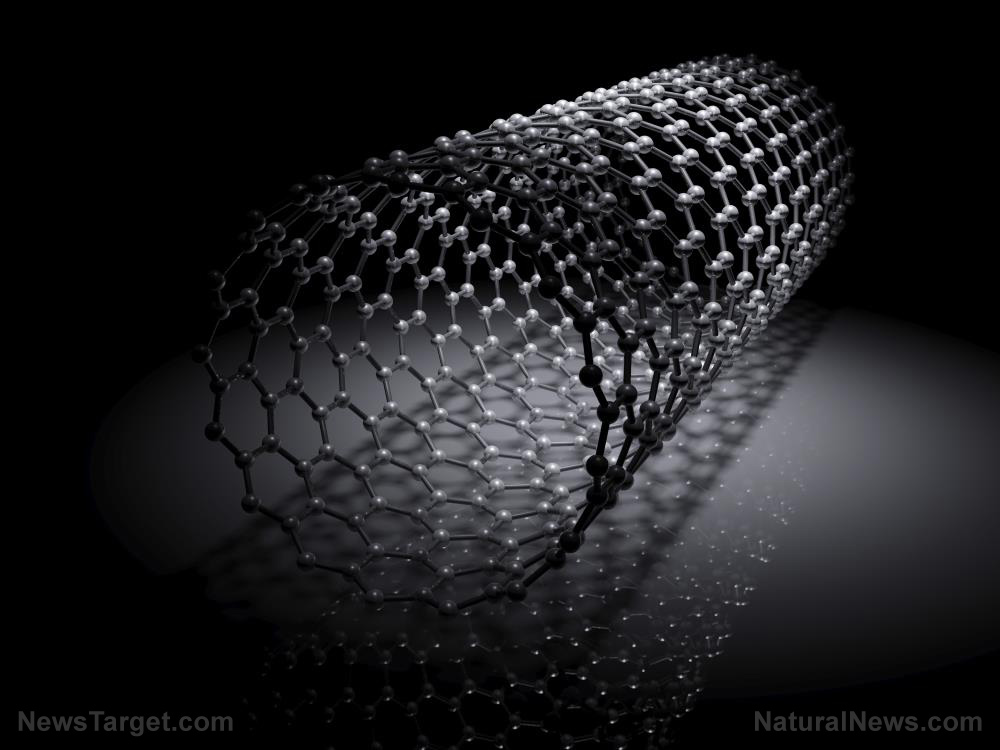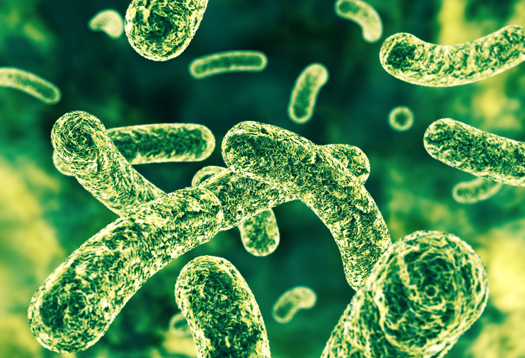Scientists develop new tape that can keep its stickiness even in the most extreme temperatures
03/27/2020 / By Franz Walker

Anyone who’s ever worked with any form tape has most likely had trouble getting it to stick on really hot or really cold surfaces. The adhesives used in various tapes today can end up loosing their stickiness when exposed to extreme temperatures, while leaving behind an annoying residue. A recent study, however, has come up with a high-tech solution for this problem, one that uses ultra-thin carbon nanotubes.
In a paper published in the journal Nano Letters, researchers detailed how they created a new type of adhesive tape using super-aligned carbon nanotube (SACNT) films. As the name implies, these are carbon nanotubes that are precisely aligned parallel to each other, forming ultra-thin but strong bundles and films.
Carbon nanotube tape can stick anywhere regardless of temperature
This exercise isn’t the first time that carbon nanotubes have been used in an attempt to create better adhesive tape. However, previous work focused on using vertically aligned multi-walled carbon nanotubes (VA-MWNTs). While the adhesive tape made from VA-MWNTs was stronger than regular tape at both high and low temperatures, it had the disadvantage of being relatively thick. Additionally, it wouldn’t have been cost-effective to produce large amounts of this kind of tape.
In the recent study, Kai Liu, Xide Li, Wenhui Duan, Kaili Jiang and coworkers, used SACNTs instead of VA-MWNTs to form a thinner tape. To do so, the researchers pulled a thin film from the interior of an array of SACNTs in a manner similar to pulling a strip of tape from a roll. The resulting film is a double-sided tape that can adhere to surfaces using the van der Waals force.
Van der Waals force, named after Dutch scientist Johannes Diderik van der Waals, is a distance-dependent interaction between atoms and molecules that can bind them together. This force comes from the transient shift of the density of electrons, which results in an electrical charge. It is through this charge that nearby atoms and molecules are either attracted or repelled.
The van der Waals is also the force that holds carbon nanotubes together and governs their structural organization. By using van der Waals force, the SACNT tape uses no adhesive whatsoever, which means it doesn’t have the drawbacks that come with adhesives.
In testing, the ultra-thin, ultra-lightweight and flexible SACNT tape outperformed the conventional adhesive-based tape at different temperatures, ranging from -321 F to 1,832 F. At the same time, the researchers could remove the tape by either burning it off, soaking it in acetone, or just peeling it off like normal without it leaving any residue. The researchers also conducted the tests on various materials including metals, nonmetals, plastics and ceramics. While the tape stuck to all of them, it noticeably preferred sticking to smooth surfaces, much like conventional tape.
Cost effective, super-aligned carbon nanotube tape
The previous attempts at creating carbon nanotube tape from VA-MWNTs was not considered cost-effective. While vertically aligned carbon nanotube arrays in general are seen to have a wide range of uses, turning them into tape, especially the multi-walled variant, is more complex as they aren’t designed to be turned into films. SACNTs, however, are more easily converted into films. This makes them perfect as a material for tape, especially compared to the thicker VA-MWNTs. (Related: Carbon nanotube material removes 99% of heavy metals from water.)
The cost effectiveness of the SACNT-based tape means that it can be manufactured at an industrial scale quite easily. Potential uses include applications in extreme environments such as deserts, the polar regions, or even outer space where regular tape doesn’t work. In addition to this, the researchers think that the tape can possibly also be used in electronic components that heat up during use.
Visit Nanotechnology.news for more stories and studies on cool scientific research such as other carbon nanotube applications.
Sources include:
Tagged Under: adhesive, breakthrough, carbon nanotubes, cool science, discoveries, future science, innovation, inventions, nanotechnology, research, science and technology, tape
RECENT NEWS & ARTICLES
COPYRIGHT © 2017 DISCOVERIES NEWS



















